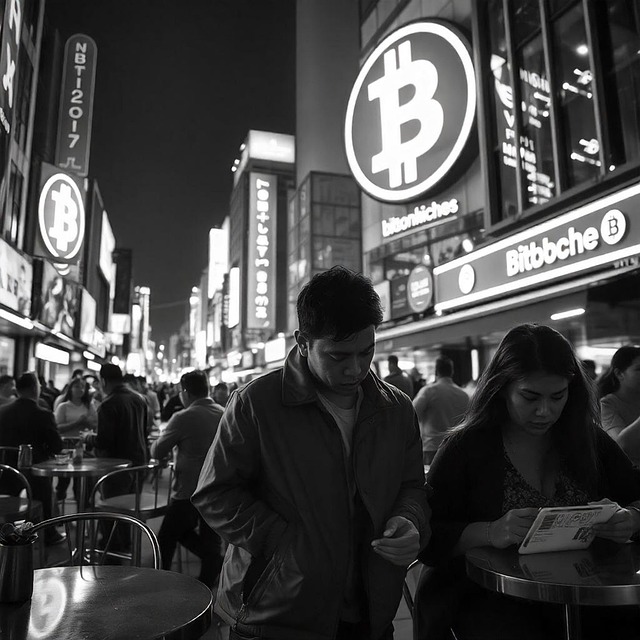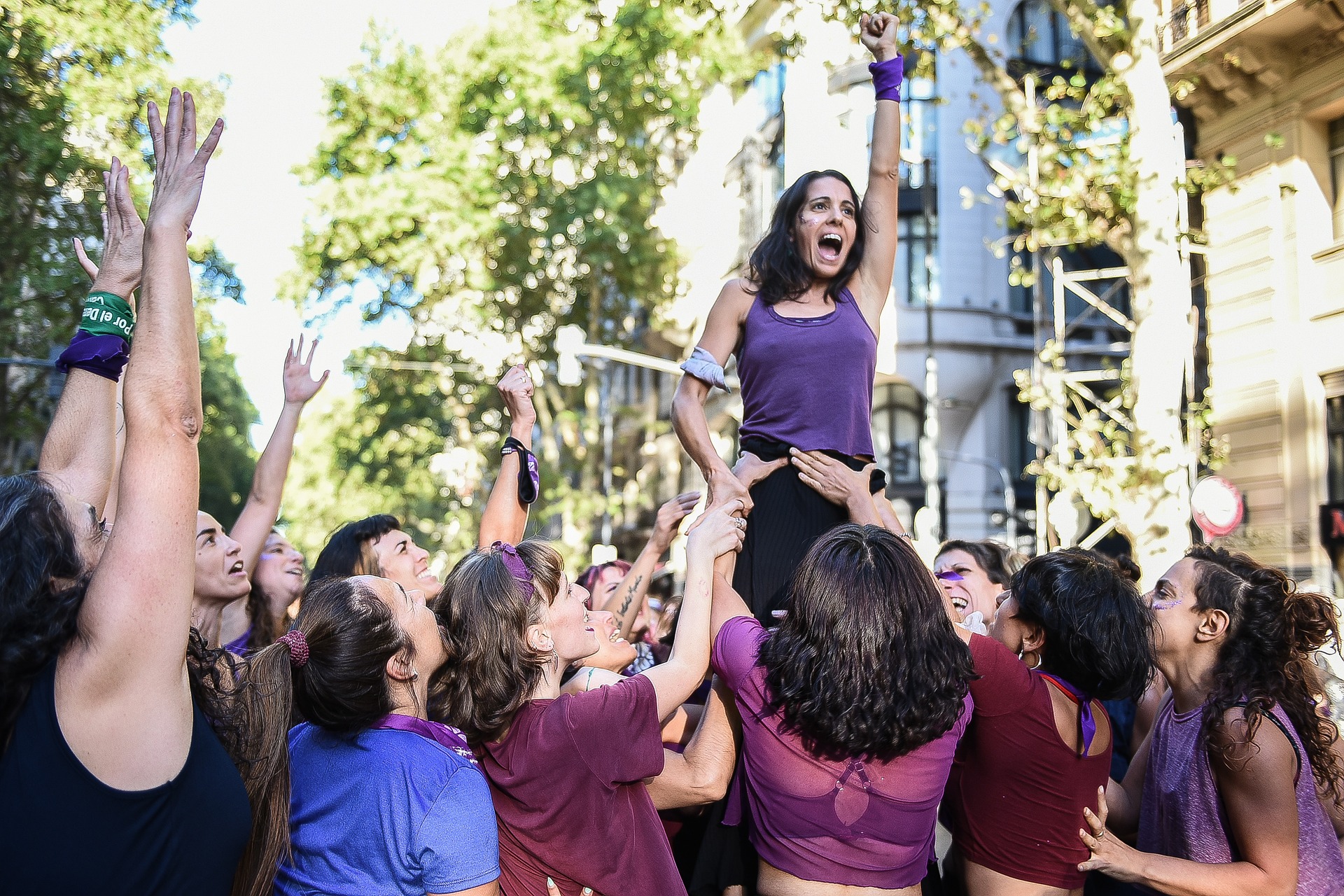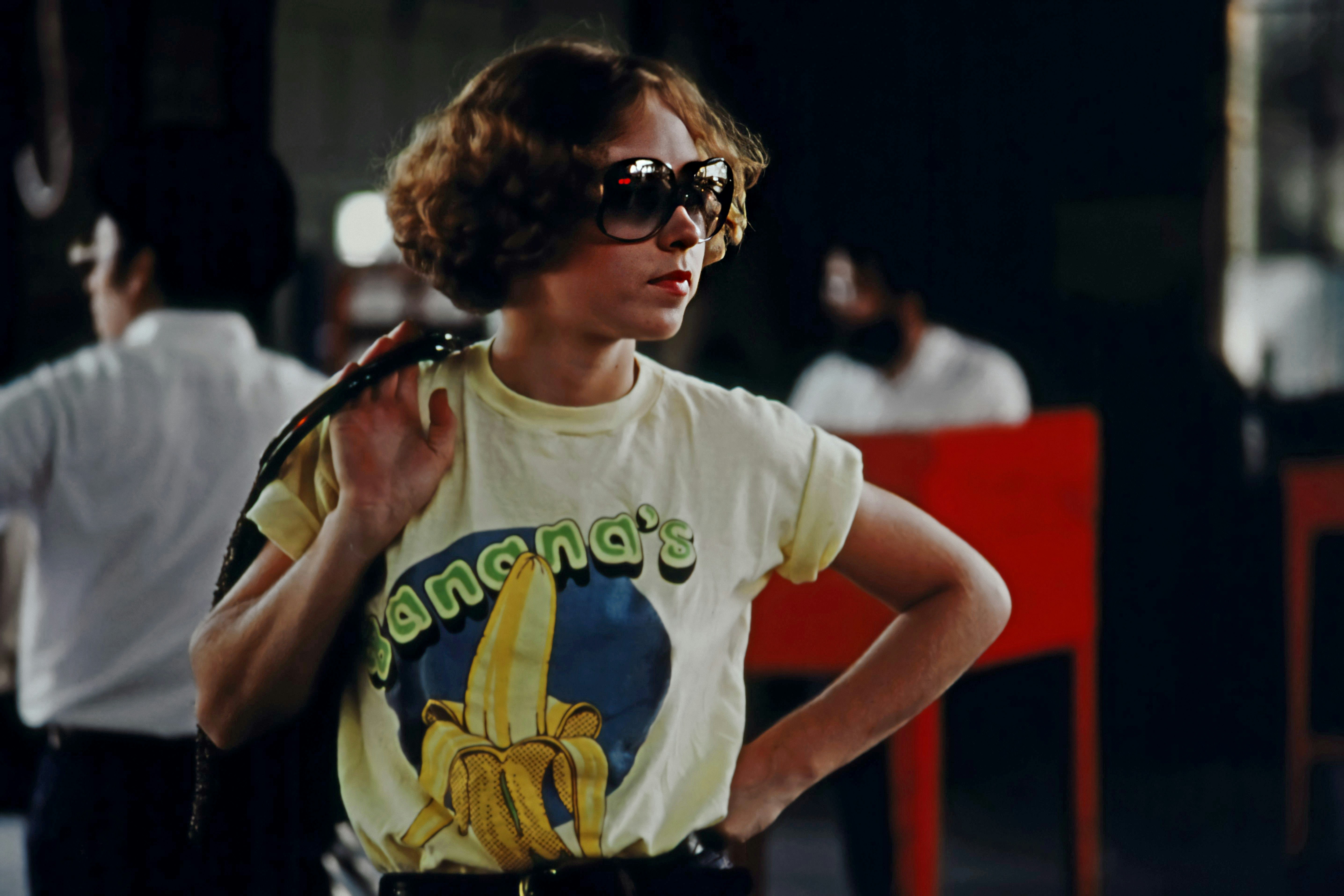Neon Renaissance: The Luminous Revival of Vintage Signage
In the bustling metropolises and quaint small towns alike, a vibrant resurgence is illuminating the night sky. Neon signs, once relegated to the annals of retro nostalgia, are experiencing a remarkable comeback. This dazzling revival is not merely a fleeting trend but a cultural phenomenon that intertwines art, commerce, and urban aesthetics. As cities seek to recapture their distinctive character and businesses strive for visual impact, neon has emerged as a beacon of creativity and nostalgia in the modern landscape.

However, the advent of LED technology in the late 20th century saw neon’s popularity wane. Cheaper, more energy-efficient alternatives pushed neon to the brink of obsolescence. Many iconic signs were dismantled, and neon artisans found their craft increasingly marginalized. The once-ubiquitous glow of neon became a rarity, preserved mainly in vintage photographs and the memories of older generations.
The Rekindling of an Art Form
The current neon renaissance can be traced to a confluence of factors. A growing appreciation for craftsmanship and bespoke design has reignited interest in the artistry of neon bending. Unlike mass-produced LED signs, each neon creation is a unique work of art, requiring skill, precision, and a deep understanding of the medium. This artisanal quality resonates with contemporary consumers who value authenticity and individuality.
Moreover, the aesthetic of neon aligns perfectly with the current cultural fascination with retro and vintage styles. As millennials and Gen Z embrace nostalgia for eras they never experienced firsthand, neon has become a tangible link to a romanticized past. Its warm, inviting glow evokes a sense of timelessness that stands in stark contrast to the cold efficiency of modern LED lighting.
Beyond Nostalgia: Neon in Contemporary Art
The neon revival extends far beyond commercial signage. Contemporary artists have embraced neon as a medium for creative expression, pushing the boundaries of what can be achieved with bent glass and noble gases. Galleries and museums worldwide are showcasing neon art installations that challenge perceptions and provoke thought.
Artists like Tracey Emin and Bruce Nauman have used neon to create powerful, often provocative works that explore themes of identity, sexuality, and human emotion. The medium’s ability to convey both intimacy and boldness simultaneously has made it a favorite among conceptual artists seeking to make stark, memorable statements.
The Environmental Consideration
As sustainability becomes an increasingly critical concern, the neon industry has had to address the environmental impact of its craft. While traditional neon signs consume more energy than their LED counterparts, advancements in technology have significantly improved their efficiency. Many neon artisans are now exploring ways to create more sustainable practices, from using recycled glass to developing low-energy neon alternatives.
Furthermore, the longevity of neon signs—many of which can last for decades with proper maintenance—offers a counterpoint to the disposable nature of modern signage. This durability aligns with growing consumer demand for products built to last, rather than temporary solutions that contribute to waste.
The Future Glows Bright
As we look to the future, the neon renaissance shows no signs of dimming. Cities are recognizing the cultural and touristic value of preserving and creating neon landmarks. Las Vegas, for instance, has established the Neon Museum, dedicated to preserving the city’s luminous heritage. Other urban centers are following suit, integrating neon into their plans for cultural preservation and urban beautification.
The revival of neon signage represents more than just a trend; it’s a rediscovery of an art form that captures the imagination and transforms spaces. As technology continues to advance, neon finds itself at an interesting crossroads—a traditional craft with a decidedly modern appeal. Its warm glow serves as a reminder of the power of light to shape our environments and our emotions, beckoning us into a future that’s bright, colorful, and full of creative possibility.




